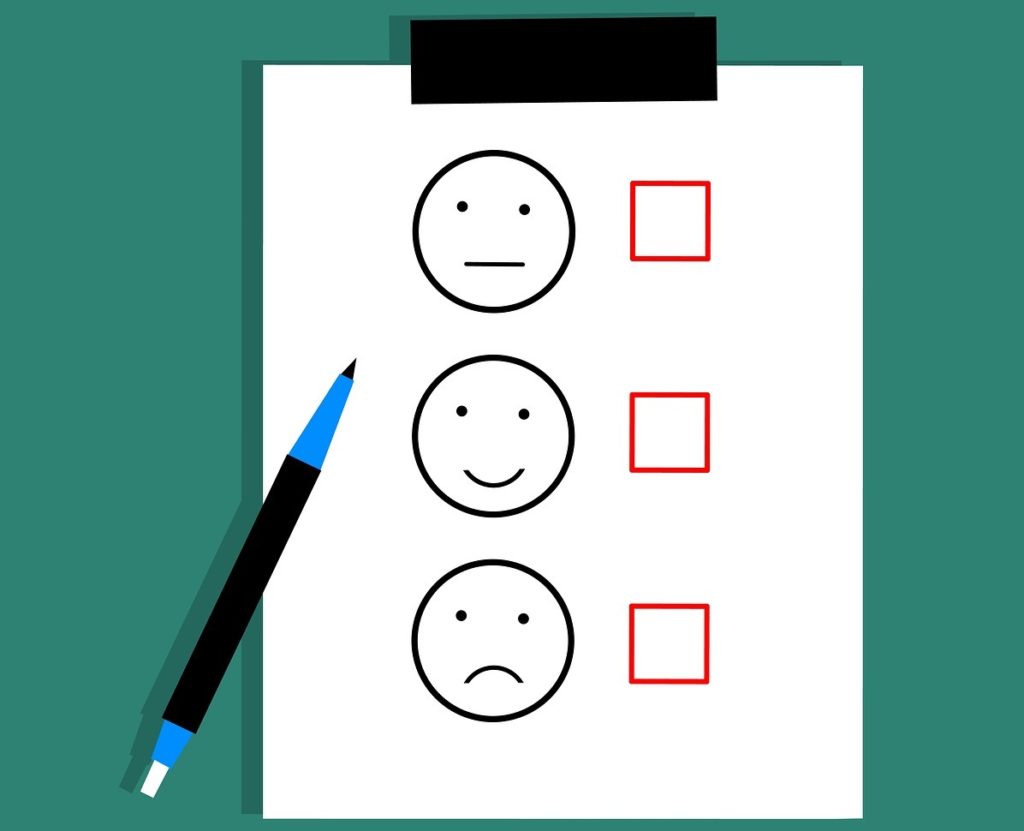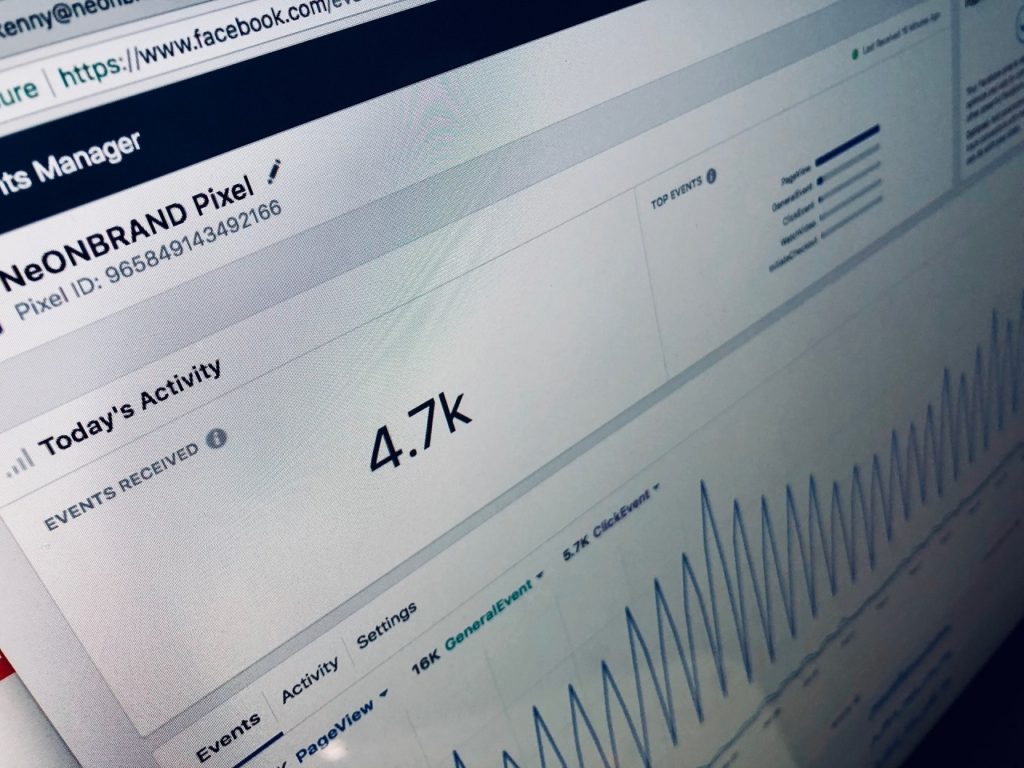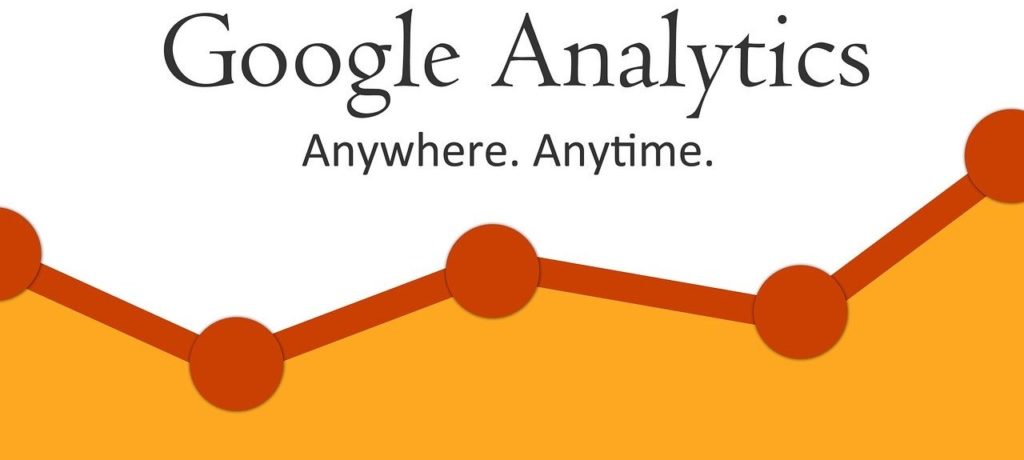Are you using data collection and analysis to take your business to the next level? If you’re not, here are some interesting statistics to put things into perspective.
A whopping 60% of companies use data to drive processes and enhance cost efficiency. 57% of businesses use it as the backbone of their strategy and to drive change. More than 50% of all the respondents agreed that data and analytics play a major role in monitoring and improving financial performance, analyzing how customers use the existing products and services, and managing risk.
Regardless of the size of your enterprise, the one thing you can be certain of is that customer data is exponentially valuable to the growth and sustainability of your business both in the long and the short term. Not quite sure how to collect data or even where to begin?
Here’s the ultimate guide on data collection methods and strategies you can use to help you get a better insight into your customers and the inner workings of your business to achieve better results all around.
What Is Data Collection
It is exactly what it sounds like. It is a systematic and detailed process of gathering, organizing, and measuring information based on various variables of interest. It allows companies to then contextualize this information and draw meaningful conclusions and insights from it.
This gives a better understanding of the behavior of their customers and the day-to-day business operations to support better decision making.
Best Data Collection Strategies
Before you can start gathering information on your customers, you need to have a solid data collection plan in place. This will allow you to jump over the privacy-issues hurdle that makes many customers reluctant to freely volunteer their information.
Here are some strategies you can put to good use.
- Make it clear to your audience that your business’ information collection process is safe and secure, and that it won’t be shared with any third parties.
- Explain to them why you want to collect data on them. Let them know that you intend to use it for your analytics process.
- Give something to your customers in return for their cooperation. A discount voucher works like a charm every time.
- Give your customers the chance to give you feedback on your services. That way, they’ll feel like their input matters and will be more willing to part with information.
The different types of information you need to collect from your customers include:
- Business referrals
- Churn rate
- Contact information
- Customer experience
- Purchase decision information
- Transaction history
Primary Data Collection Methods for Business
The methods you use will, to a large extent, determine the quality of information you get. Depending on your budget and other resources you may have at your disposal, there are several methods you can use to get firsthand data directly from the source.
Here are the top ones.
Competitions
This is an effective way to get people to hand over their information. You can hold a competition on social media platforms like Facebook or Instagram and ask participants to provide their email address. You can even ask them to tag a friend to participate. Just make sure that the prize up for grabs is relevant to your target customers.
Online Forms

Anytime a customer visits your website to place an order, ensure that you capture all their contact details via an online form. It should ask them to provide their name, email address, and any other basic information you think is relevant to your business.
Don’t go overboard, though. Most people aren’t usually comfortable giving away too much information. So, bombarding them with too many questions may put them off.
POS Card Readers

Point-of-sale card readers are a quick and effective way to gather important purchase information off the back of a sale. You’ll get to learn about their purchase history and tailor products/services to that individual based on their preferences.
Surveys
These are still an effective way to gather information on your customers’ buying habits as well as get feedback on their experiences with your products/services. You can ask them any question you like, but keep in mind that, if you want to get more people to fill out your surveys, you’ll need to incentivize them to do it.

Make sure that you use an effective online survey tool to compile questions that are relevant to your business and reach as many people as you can. Use channels like social media or send it out to your email subscriber list.
Secondary Data Collection Methods That You Can Also Use
These methods involve making use of data that is already available as opposed to gathering it yourself. This is particularly useful when the scope of information you need to collect for your business is too large.
If you need to run an online marketing campaign and want to make sure that your ads and keywords target the right demographic, using the already existing user data that Google and Facebook have would be a great place to start.
Google Data Collection
Google Analytics is a free tool that you can install on your website to gather information about the way your visitors interact with it. It is particularly useful when optimizing your marketplace to ramp up sales and generate more revenue for your business. If you’re running a campaign, you can also link AdSense with Analytics to view your campaign data on the same platform.
Facebook Data Collection
Facebook Analytics collects raw micro-level information from your fan page, allowing you to view how people interact with both your page and website. You would be able to see how many people viewed your post, commented, and later went to your website to make a purchase.

Once you open the tool and choose your Facebook pixel, it begins generating information that provides valuable marketing insight. That way, you can gauge the level of engagement your page has with its audience and determine how effective your marketing efforts are.
Turn Data Into Insight
Creating a data collection and analysis program is the only way to better understand your customers’ needs, meet their demands, and optimize their overall experience with your brand. Data collection and analysis for a business should be thoughtful and organized in a way that enables you to refine your marketing strategy and convert the insight you get into tangible revenue.
Get in touch with a data analytics expert today to find out how to take your business to the next level.


